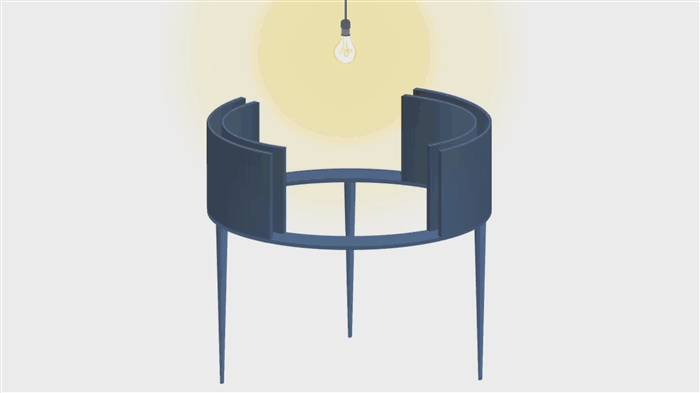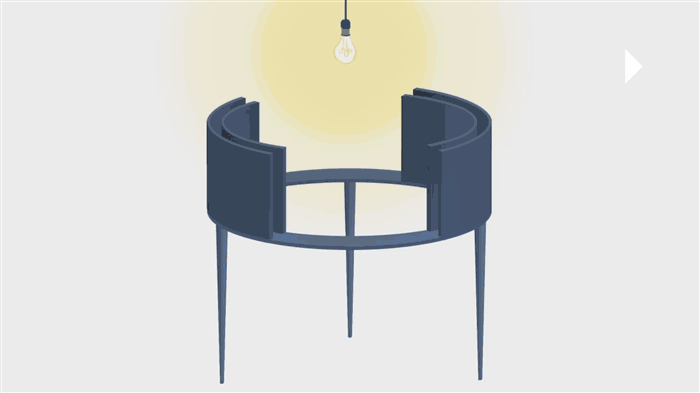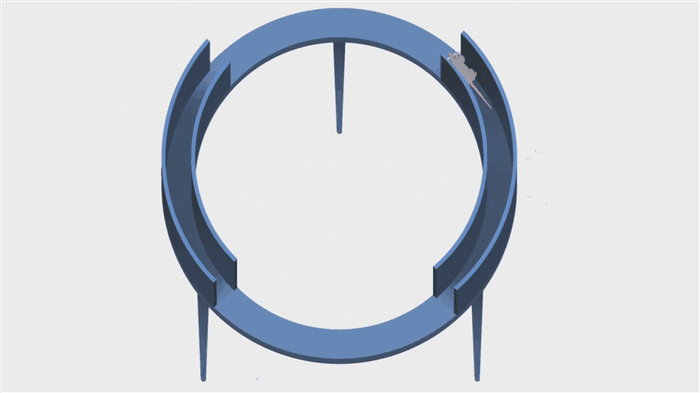More versatile, and less error-prone than the Elevated Plus Maze, the Zero Maze is nonetheless one of the simplest mazes out there. It’s built to exploit just a single aspect of the rodent psyche: the fear of brightly-lit areas.
To this end, the Maze is built with four sections along a circular track. The track is suspended about a foot in the air. Two sections have high narrow walls, which are usually dark colored.

Rats will ordinarily find these segments preferable because they perceive themselves to be hidden from view. The other two sections are exposed, with no walls at all. Because rats and mice who find themselves in open areas often become a target for birds of prey, they have an instinctive aversion to these segments. Scientists can measure rodents’ levels of anxiety based on how much time they spend in each segment.

This maze is considered useful because it eliminates decision-making anxiety as a factor in tests. In mazes such as the elevated plus maze, rodents are faced with a branching pathway. It is at times difficult for researchers to tell if rodents are confused by which path to take, or if they are scared by the open areas ahead of them. With the zero maze, confusion is eliminated — the rodent has only a single choice between light and dark.

The Zero Maze has been experimentally validated in a number of trials involving pharmaceuticals. In a study from 2013, rats were divided into four groups. The first group of rats was given the calming drug chlordiazepoxide. At a sufficient dosage, they seemed to enjoy spending more time in open areas. The second group of rats was given an anxiety-promoting drug known as picrotoxine. They were much more resistant to entering the open areas, and they spent less time there. The third group of rats was given a stimulant known as methylphenidate, and the fourth group was given only saline, as a control. In each trial, the stimulated rats showed no significant behavior differences compared to the control group.

Although there is still much to be understood about anxiety, tools like the Zero Maze allow us to understand which aspects are produced by environmental factors. Using experimental data from the Zero Maze will allow us to develop powerful new treatments for this condition.
